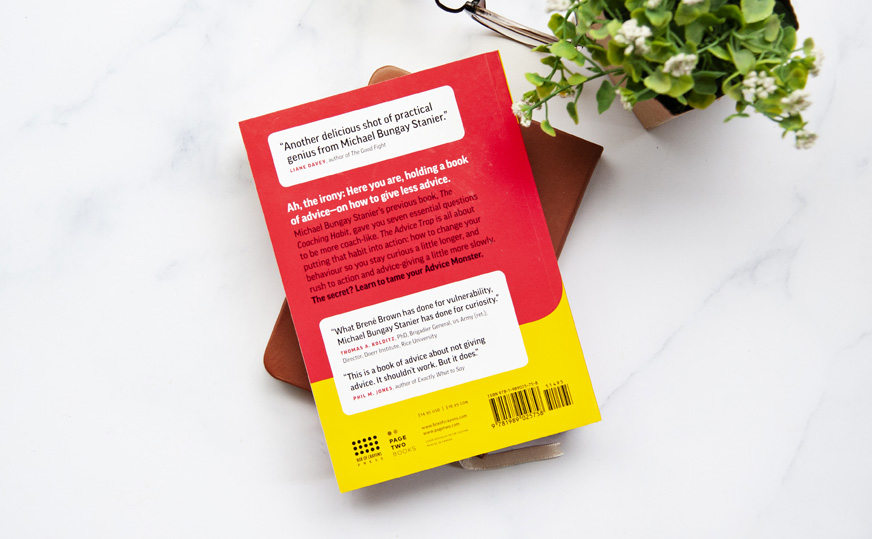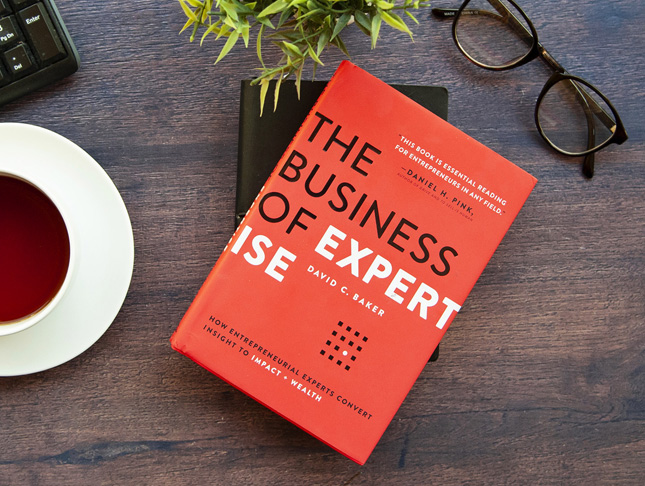Insights from 'The Advice Trap' by Michael Bungay Stanier
How to build a curiosity-driven company culture

Last modified
Who this book is for: Leaders, consultants, business owners, coaches
Publication date: 2020
Publisher: Box of Crayons Press
Number of pages: 235
Where to buy: Amazon
About the author
Michael Bungay Stanier is known as a thought leader on coaching. He is the author of the bestselling book, The Coaching Habit, as well as The Advice Trap and Do More Great Work.
Overview
In his short but densely-packed follow-up to The Coaching Habit, Michael Bungay Stanier outlines how to avoid common consulting and leadership pitfalls by giving advice meaningfully and selectively rather than reactively. A more coach-like leadership style – which involves staying curious for longer, listening "fiercely" and rushing into action and advice-giving mode more slowly – can lead to a more engaged team and greater levels of company-wide innovation.
Stanier argues that a curiosity-driven company culture can ultimately become a source of competitive advantage. Using the techniques and scripts outlined in the book, consulting (with clients or with employees) can become a process of “co-creation” rather than top-down instruction.
You can tell whether a man is clever by his answers. You can tell whether a man is wise by his questions.”
- Naguib Mahfouz
The advice trap
Unsolicited and premature advice-giving, in any consulting situation, can lead to the following recurring issues:
- You will be solving the wrong problem. The first challenge that a client mentions is rarely the real challenge. In most cases, further digging is required to approach the situation more strategically.
- You will be proposing mediocre solutions. The author calls this practice “first-idea-itis” – the tendency to solve problems hastily when the full picture has not yet been defined.
- You will limit organizational change. Premature advice-giving entrenches the status quo of hierarchy and process, limiting firm-wide innovation and agility.
Empathy-driven leadership
Stanier recommends leading and consulting from a place that is empathetic, mindful and humble. These qualities, in turn, will make you smarter, more human and more effective as a communicator.
The author offers up the following definitions for each quality:
- Empathy is a greater sense of what’s real for the other person. This is a practice that philosopher Martin Buber describes as an I-Thou relationship to those around you, as opposed to an I-It relationship.
- Mindfulness is a greater sense of what’s real about the situation. This practice involves being less reactive to a situation by creating a tiny pause between stimulus and response – giving you the space to choose how best to respond.
- Humility is a greater sense of what’s real about you. Humility means being in touch with your strengths and your weaknesses – controlling less and in turn influencing more.
The practice of silence
Stanier recommend being “generous with silence”, which will lead to greater insights in consulting or coaching scenarios – in other words, “ask the questions and then shut up”.
Every interaction with every person in every channel can become more coach-like by applying mindful curiosity. This practice leads to greater impact and results by simply doing less – the author calls this “coaching as subtraction.”
There’s zero correlation between being the best talker and having the best ideas.”
– Susan Cain
Conclusion

The Advice Trap builds on the neuroscience of engagement to help leaders and consultants make their interactions with clients more effective, more strategic and more engaging. By staying curious longer, and rushing into advice giving more slowly, every interaction can become more coach-like. The book ends with a helpful list of bonus materials and further reading for those wishing to dive deeper.



